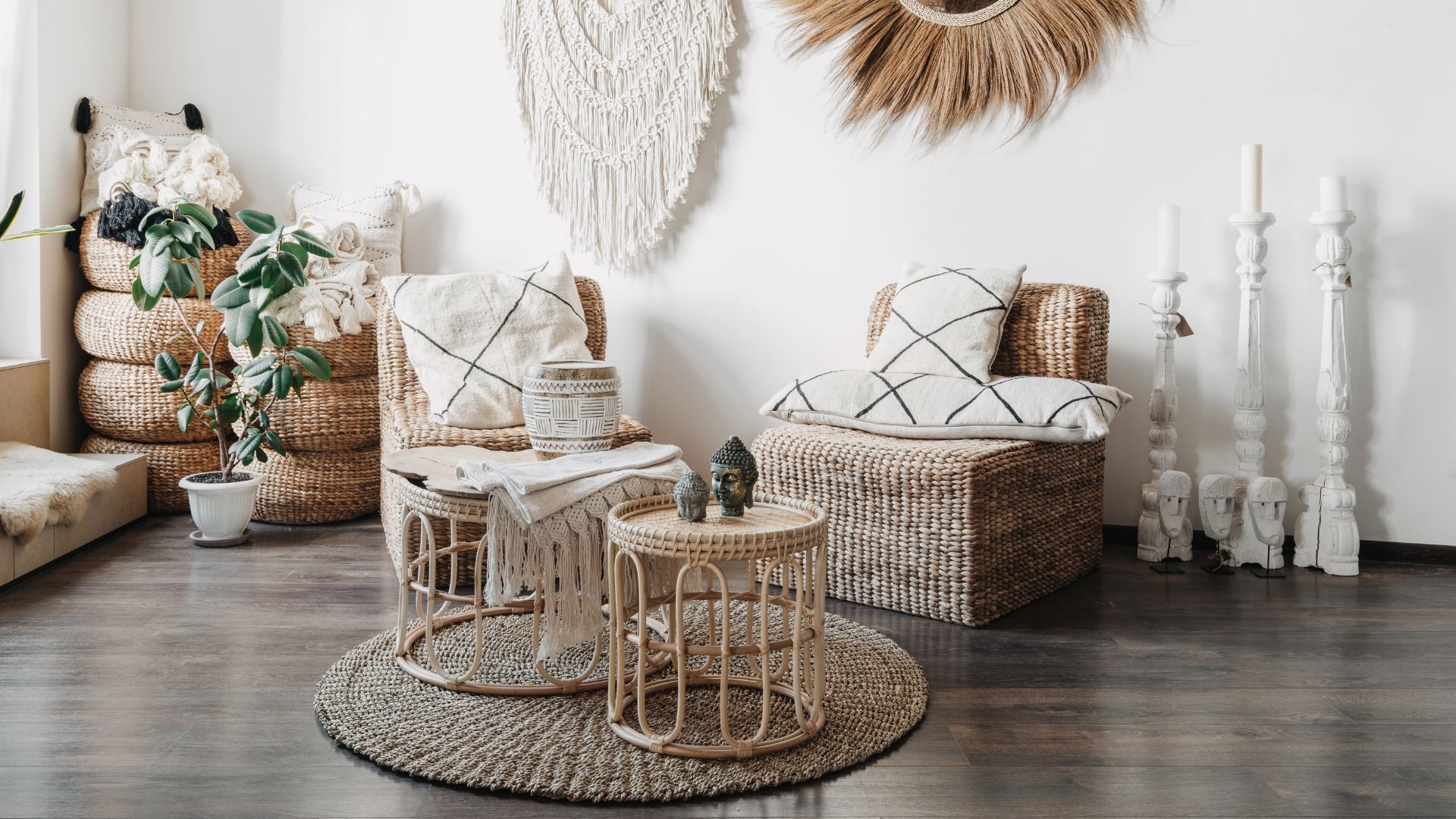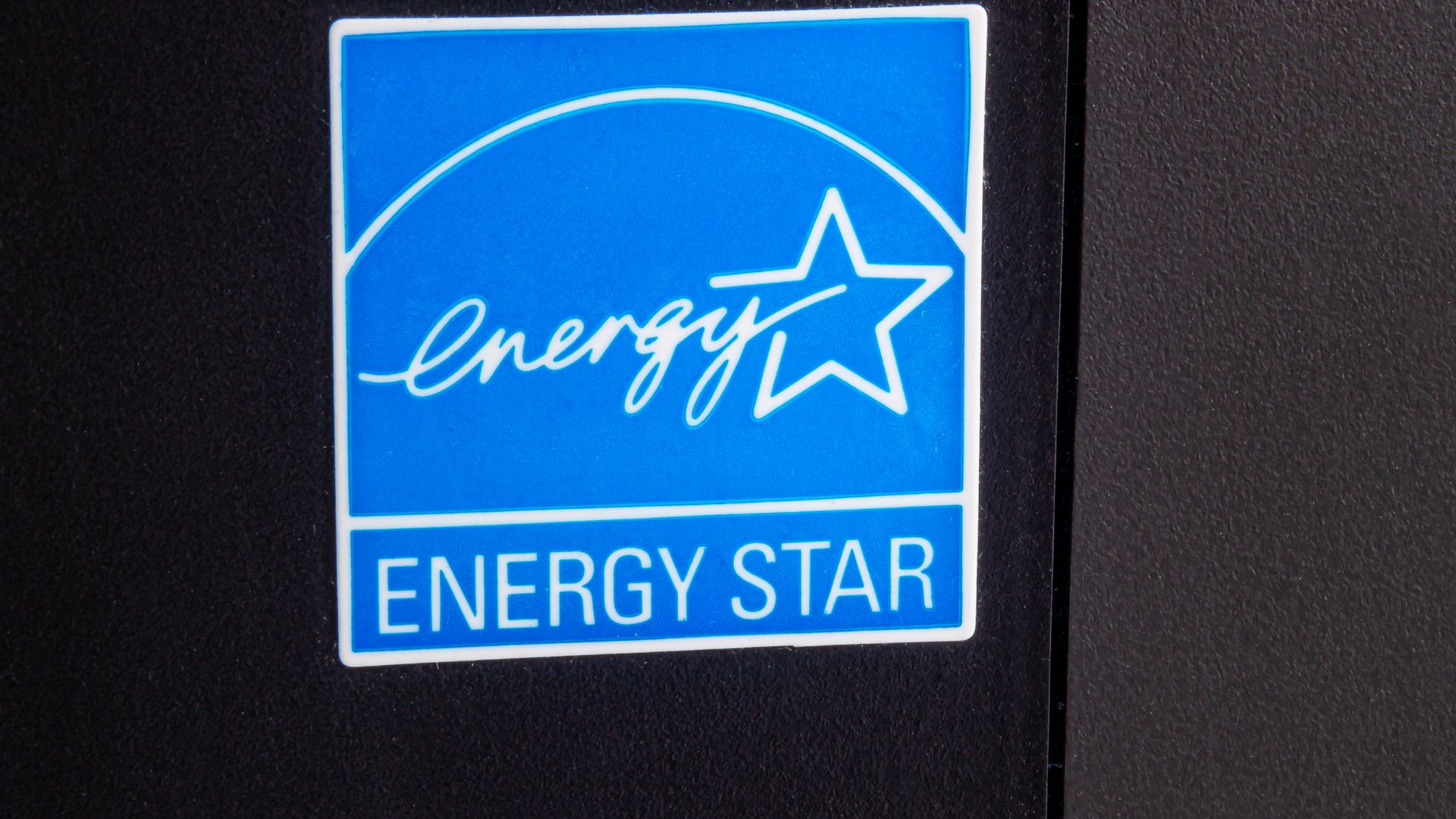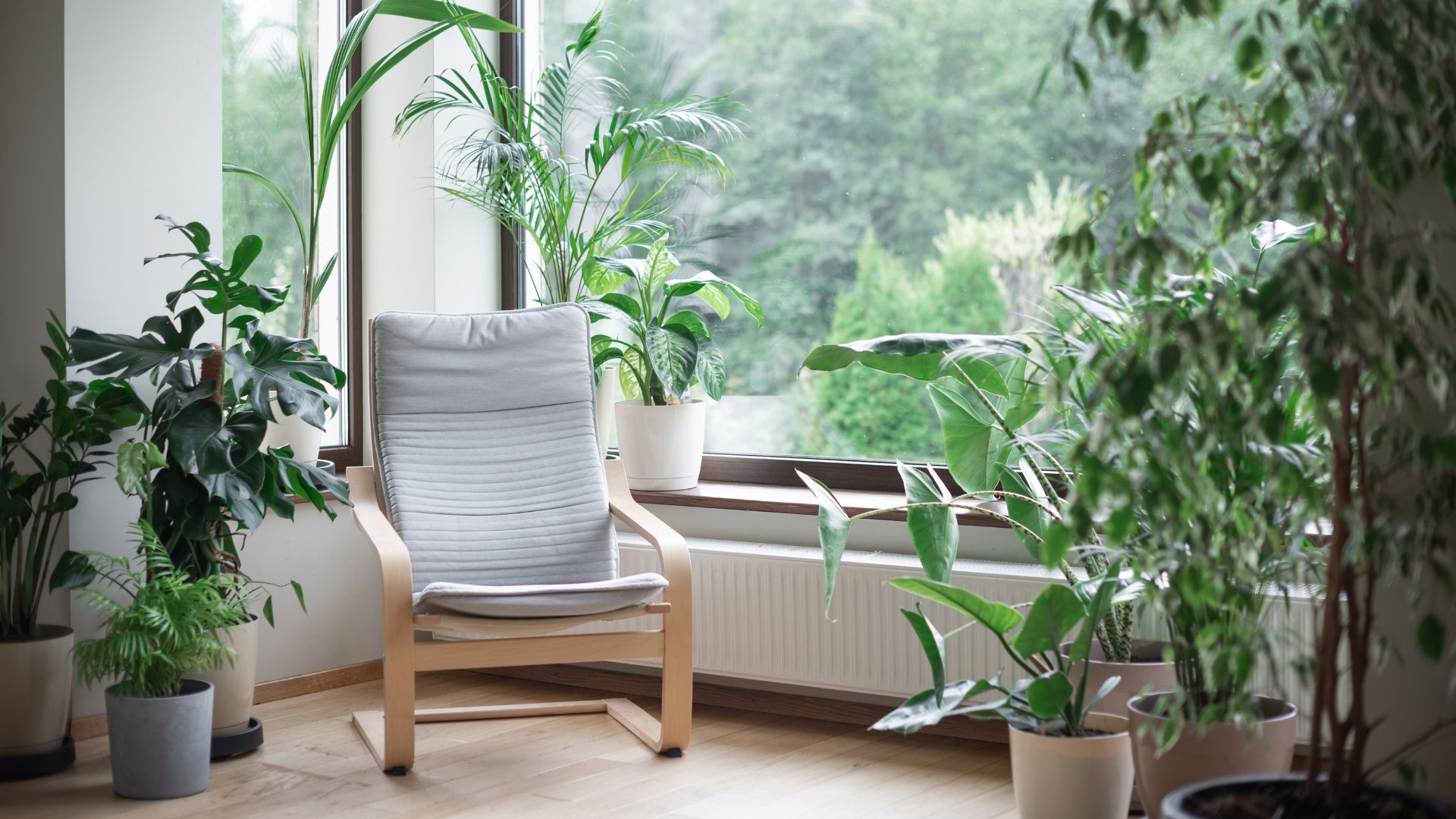Embracing Sustainability: A Guide to Eco-Friendly Interior Design

As we become more aware of our impact on the environment, sustainable and eco-friendly interior design has emerged as a vital trend that aligns our living spaces with our values. Creating a green home not only benefits the planet but also enhances our well-being. Here’s a comprehensive guide to embracing sustainability in your interior design projects.
1. Choose Sustainable Materials
The foundation of eco-friendly interior design lies in the materials you choose. Opt for sustainably sourced, recycled, or upcycled materials that minimize environmental impact. Here are some excellent options:
Bamboo:
A fast-growing, renewable resource, bamboo is ideal for flooring and furniture.
Reclaimed Wood:
Using reclaimed wood reduces the demand for new timber and adds a unique, rustic charm to your home.
Recycled Metal and Glass:
These materials can be repurposed into stunning furniture and decor items, reducing waste and conserving resources.
Natural Fibers:
Choose textiles made from organic cotton, wool, hemp, or jute, which are biodegradable and produced with fewer chemicals.

2. Maximize Natural Light
Natural light is an eco-friendly way to illuminate your home and reduce energy consumption. Here’s how to make the most of it:
Large Windows:
Install large, energy-efficient windows to let in more sunlight.
Skylights:
These are excellent for bringing light into darker areas of your home.
Reflective Surfaces:
Use mirrors and light-colored walls to reflect natural light and brighten up your space.
3. Energy-Efficient Lighting and Appliances
Switching to energy-efficient lighting and appliances can significantly reduce your home’s energy consumption. Consider the following:
LED Bulbs:
These use up to 80% less energy than traditional incandescent bulbs and last much longer.
Energy Star Appliances:
Look for the Energy Star label on appliances, which indicates high energy efficiency.
Smart Home Technology:
Use smart thermostats, lighting systems, and appliances to optimize energy use.

4. Eco-Friendly Paints and Finishes
Many conventional paints and finishes release VOCs, which can harm indoor air quality. Choose eco-friendly alternatives:
Low-VOC or No-VOC Paints:
These paints emit fewer harmful chemicals.
Natural Finishes:
Use finishes made from natural oils and waxes, which are non-toxic and biodegradable.
5. Water Conservation
Water conservation is another crucial aspect of sustainable interior design. Implement these strategies to save water:
Low-Flow Fixtures:
Install low-flow faucets, showerheads, and toilets to reduce water usage.
Greywater Systems:
Use greywater systems to recycle water from sinks, showers, and washing machines for irrigation.
Rainwater Harvesting:
Collect rainwater for use in your garden and landscaping.
6. Sustainable Furniture and Decor
Invest in furniture and decor that align with your eco-friendly values:
Second-Hand and Vintage:
Buying second-hand furniture reduces the demand for new products and extends the life of existing items.
Sustainable Brands:
Support brands that prioritize sustainability, ethical production, and fair trade practices.
DIY and Upcycling:
Get creative with DIY projects and upcycle old furniture into something new and unique.
7. Indoor Plants
Incorporating indoor plants into your home decor has multiple benefits:
Air Purification:
Many plants improve indoor air quality by filtering out pollutants.
Natural Beauty:
Plants add a touch of natural beauty and serenity to any space.
Humidity Regulation:
Certain plants can help maintain optimal humidity levels in your home.

8. Mindful Consumption
Adopt a mindful approach to consumption by buying less and choosing quality over quantity:
Minimalist Design:
Embrace minimalist principles by decluttering and focusing on essential, high-quality items.
Durability:
Invest in durable, timeless pieces that will last for years rather than trendy items that quickly go out of style.
Conclusion
Sustainable and eco-friendly interior design is more than just a trend—it’s a responsible and rewarding way to create a home that reflects your commitment to the planet and your well-being. By choosing sustainable materials, maximizing natural light, investing in energy-efficient products, and adopting mindful consumption habits, you can transform your living space into a sanctuary of health, beauty, and sustainability. Embrace the change and let your home be a testament to the harmonious blend of style and sustainability.
